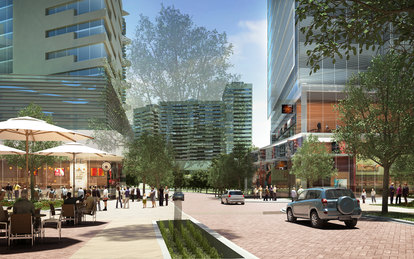Defining the New Mixed-Use

Once viewed as an optional typology, mixed-use has become a development mainstay but needs to be considered through a different lens. The variety of uses that are mixed is now likely to be a more challenging blend of experiences, services, and architectural impacts as each project seeks to differentiate itself from its competitors by finding a better route to success within its own area-specific context.
Suburban and Urban Pendulum. Each community has its own cycle of preference for urban and suburban development as markets become overheated and a new location offers something innovative that draws key tenants and residents. Capital flows to opportunity and avoids the risks of competition and uncertain outcomes whenever possible.
Don’t Bank on the “Urban Millennial Movement”. Despite the press and fanfare, our leadership guests observe that no single demographic is shaping urban-suburban development. The demand for mixed-use reflects changing work styles, lifestyles, and the market dynamics of each particular location first and rarely can survive on a single demographic to become sustainable as an enterprise.
Innovative Partnerships. Rethinking the traditional view of partnerships, mobility needs and other factors can lead to a more holistic response. Community leadership – both political and citizenry – are eager to find opportunity for improvement and we heard that the traditional barriers to development of complex, long-term solutions is looking fondly at strategies like P3 to move aspirations forward.